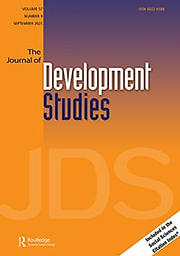
Understanding why forest conservation initiatives succeed is essential to designing cost-effective programs. In this study, we investigate the impacts of a REDD+ project on both environmental and livelihood outcomes in the Brazilian Transamazon region, an area with historically high deforestation rates. Using counterfactual impact evaluation methods applied to survey and remote-sensing data, we assess the impact of the project over 2013–2019, from its first year until two years after its end. Based on a theory of change, we focus on land use and socioeconomic outcomes affected by the initiative. Our findings reveal specific impact mechanisms: forest conservation occurred primarily through reducing pasture expansion, while cattle production was maintained through intensification (increased stocking rates). Additionally, the project led to significantly higher agrobiodiversity among participating farms and promoted alternative livelihoods that generated greater revenue while using less land. These results suggest that conservation programs that combine conditional payments with technical assistance and support for adopting low-impact activities can effectively reduce deforestation in the short term and induce lasting changes in production systems, with positive effects persisting even after program completion.
